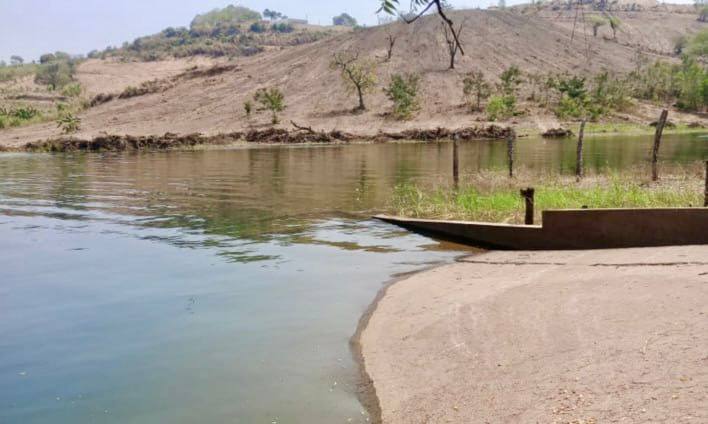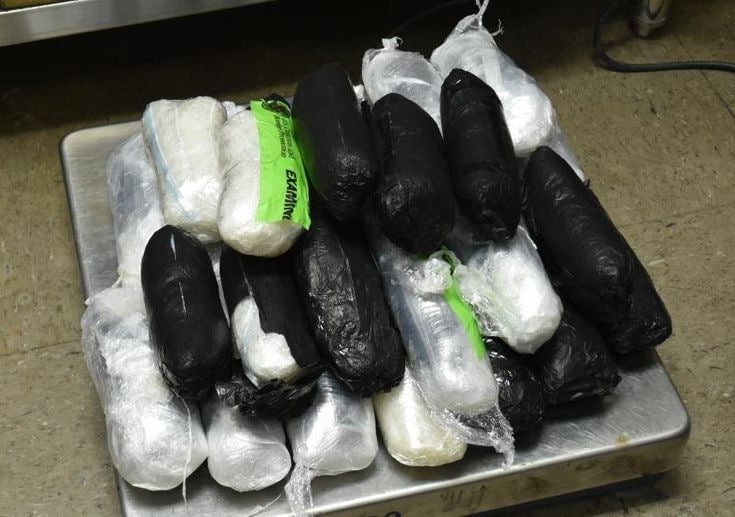The PURC and GWCL have raised concerns about private developments encroaching on the Kpeve Treatment Plant, highlighting potential water supply and infrastructure risks.
The outreach team has discovered developments in the buffer zone of the headworks. If left unaddressed, these could cause significant environmental damage to the dam at the intake point.
The development in the buffer zone addresses the challenges faced by the company due to frequent breakdowns of its outdated pumping machine. This machine, the last of three at the headworks, has operated since 1993.
The current challenge was depriving Ho and its surrounding areas of resources, and the potential destruction of the intake point posed a significant risk to the extensive clientele in the value chain, potentially compromising service delivery.
During an environmental impact assessment, Francis Lamptey, the Volta Regional Chief Manager of the GWCL, informed the Ghana News Agency that the developer’s actions immediately reduced the water volume at the intake.
He mentioned that whenever it rained, the lack of vegetation led to runoff from the bare soil, resulting in significant siltation at the intake and increasing turbidity beyond treatable levels.
“When this happens, the Treatment Plant will have to shut down as it is not equipped with a coagulant dosing system, clarifiers, or sedimentation tanks to treat highly turbid water.”
Mr. Lamptey stated that any development for resort purposes or human settlements near the intake could contaminate the water source. Waste from these areas might be discharged directly into the intake, resulting in severe consequences.
He stated that the Company was urging the National and Regional Security Councils to prevent the private developer from continuing harmful activities. Additionally, they requested the developer to plant grass over the graded area to avoid the siltation of the intake and reduce turbidity caused by runoff during rainfall.
The GWCL has notified other stakeholders, including the Environmental Protection Agency, Water Resources Commission, Regional House of Chiefs, and the South Dayi Assembly, to inform them of the development.
Source: GNA



